Spanish language variations: Spanish Variants Explained: What are they and which should I localize to?
Spanish Variants Explained: What are they and which should I localize to?
As the official language of 21 countries, Spanish continues to evolve and establish itself as a globalized language. There are currently 577,256,327 Spanish speakers in the world according to a 2018 report from the Spanish government’s Cervantes Institute. This figure is five million more than the previous study published in November 2017. Although the number of Spanish speakers is on the rise, it’s important to note that within the single language are significant differences in speech. Grammar to expressions vary within the Spanish language highly dependent upon geography and migration. In addition to vocabulary issues, there are words or phrases that are actually inappropriate in some countries but not in others. In translation, the most common Spanish variants include LATAM, Mexican, U.S., European or Iberian, and neutral.
So what variant is best for your translation and localization needs? Let’s take a closer look at Spanish variants around the world.
What is LATAM Spanish?
The culmination of Spanish, Portuguese, and French, Latin America is a group of countries that stretch from the northern border of Mexico to the southern tip of South America. There are 33 countries in Latin America and the Caribbean today, according to the United Nations. Out of these 33, Spanish is the official language of 18. Because the territory is so large, there is no “uniformed” Spanish. Every country’s dialect is unique and varies greatly. In order to cater to the majority of Latin American Spanish speakers, translators developed what is referred to as “LATAM Spanish”. This “Generic LATAM Spanish” avoids country colloquialisms but still sounds familiar with the general audience. LATAM Spanish is considered to be a broader variant than Mexican Spanish.
LATAM Spanish is considered to be a broader variant than Mexican Spanish.
When localizing cultural references such as food, pop-culture, legal, and marketing texts, in-country linguists may be best to accurately reflect the target country’s expressions. However, in many cases, LATAM Spanish will suffice for the localization.
What is Mexican Spanish?
Although Mexico is considered part of Latin America, the region has a variant all of its own. From vocabulary to idioms, there lives a dialect that is unique and specific to the country. In many cases, Mexican Spanish is the selected variant because of its large demographic and reach. When compared to other Spanish-speaking countries in the Americas, Mexico is ranked first. In the U.S., Mexican Spanish is often studied in schools more than any other dialect. This variant works perfectly for a Mexican audience but won’t effectively garner desired results in other Spanish-speaking markets.
What is U.S. Spanish?
At over 50 million Spanish speakers, the U.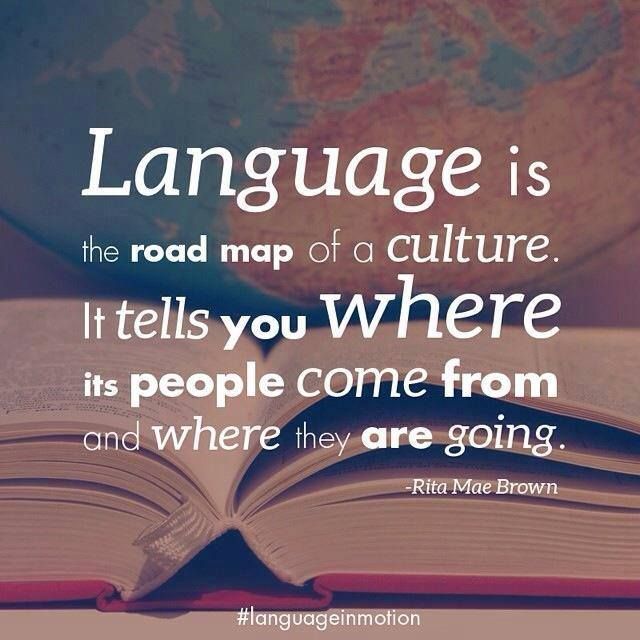 S. now has the second-largest Spanish-speaking population in the world. There is a misconception that its proximity to Mexico means the U.S. Spanish variant is predominantly a Mexican variant. In actuality, the U.S. displays vibrant influences of Puerto-Rican, Dominican, and other Latin American countries. The influence of Hispanics who have migrated to the U.S. from various Latin American countries over generations has cultivated a Spanish variant of its own. The coexistence of the English and Spanish language has also transformed the way U.S. Spanish is spoken and written. The most distinct characteristic of this variant is that it reserves many of its the English formatting conventions such as date, decimals, time, and even capitalization.
S. now has the second-largest Spanish-speaking population in the world. There is a misconception that its proximity to Mexico means the U.S. Spanish variant is predominantly a Mexican variant. In actuality, the U.S. displays vibrant influences of Puerto-Rican, Dominican, and other Latin American countries. The influence of Hispanics who have migrated to the U.S. from various Latin American countries over generations has cultivated a Spanish variant of its own. The coexistence of the English and Spanish language has also transformed the way U.S. Spanish is spoken and written. The most distinct characteristic of this variant is that it reserves many of its the English formatting conventions such as date, decimals, time, and even capitalization.
What is European Spanish or Iberian Spanish?
European Spanish (or Iberian) is truly unique because it is the most isolated dialect from the rest of the variants. The Spanish spoken in Spain is called Castilian, a term that refers to the province of Castile located in central Spain. It is said that the Spanish language originated there.
It is said that the Spanish language originated there.
Take an in-depth look at its vocabulary, grammar, and phonetic in our blog post Latin American Spanish vs. European Spanish.
What is Neutral Spanish?
Neutral Spanish is the “universal” variant. From the U.S. to Europe to Latin America, this variant can be understood on a global level. Neutral Spanish is the attempt of linguistic authorities to standardize the language across borders. Determining a common vocabulary is designed to ensure maximum understanding amongst speakers and readers, cutting out local variations and colloquialisms.
For technical and specialized texts, a universal Spanish could be acceptable. Unlocalized variants that don’t reflect specific regions or communities also work well for the translation of informative texts such as instruction manuals, medical prospectuses, and the description of products.
Despite offering an efficient solution for technical information, this model is not recommended for translations related to artistic or creative activities such as literary translations, film subtitles, video games, and advertising.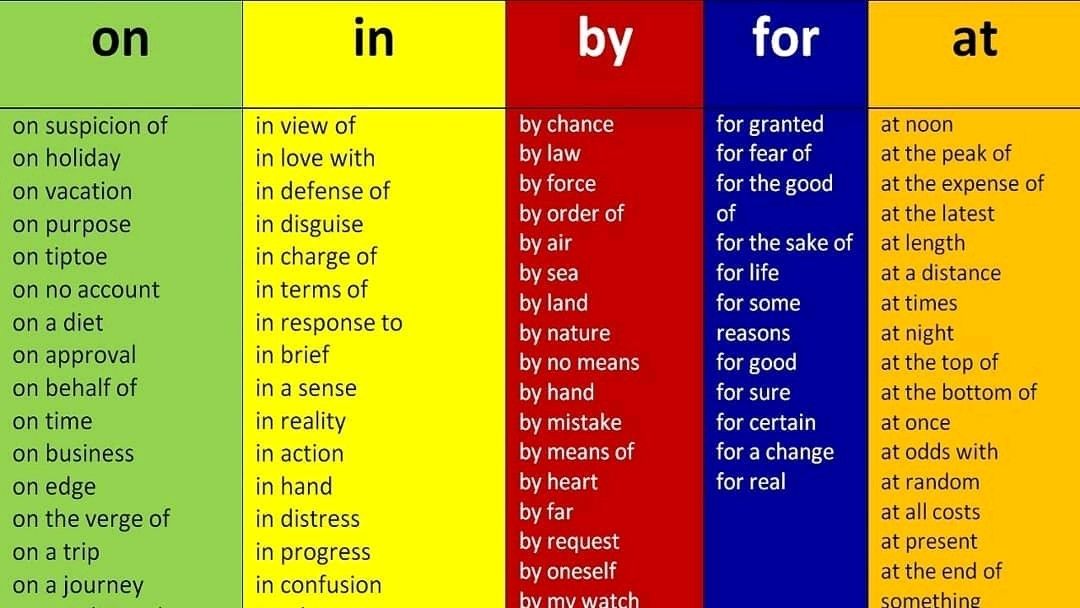 Failure to localize can disrupt engagement and negatively impact source credibility.
Failure to localize can disrupt engagement and negatively impact source credibility.
In conclusion, know your audience!
Neutral Spanish is an acceptable practice that most Spanish speakers will easily understand. However, to truly resonate with an audience, it’s best to localize to your target market as closely as possible. By taking the extra step to understand and learn the culture as well as the dialect of the target market, you will create materials that genuinely relate to audiences. Your audience will feel closer to your message and your business will gain a higher opportunity to engage. A strategic and successful campaign will be the launching pad to expand to more countries and craft messaging to new local audiences.
When launching a project, marketing campaign, document, book, or movie in a Spanish-speaking market, be sure to do your research. Depending on what you’re creating, you may need to use a more localized Spanish dialect for maximum impact.
RELATED CONTENT
How Many Dialects Of Spanish Are There – Accurate Answer
It is important to be aware of how many dialects of Spanish are there. There is no authoritative count, but the search engine says that it’s 10 in number.
There is no authoritative count, but the search engine says that it’s 10 in number.
Well, dialects refer to the differences in speech and grammar beside. And there are no such things as “better” or “worse” for dialects of a language. And of course, you don’t need to be exactly sound like a native in every single dialect.
Table of Contents
If you do already know how many dialects of Spanish are there? So are you aware of the differences too? Let’s clear your mind with the basic differences to avoid any awkwardness.
Answer To How many dialects of Spanish are there Is 7:
Read on to learn about the dialects of Spanish. How may they be spoken, and where?
Let’s begin!
1. One of the major dialects of Spanish is Castilian Spanish:
Castilian dialect is where all the Spanish began. Some refer to it as the original Spanish language.
The name ‘Castilian Spanish’ prospered in the self-ruling community known as Castile.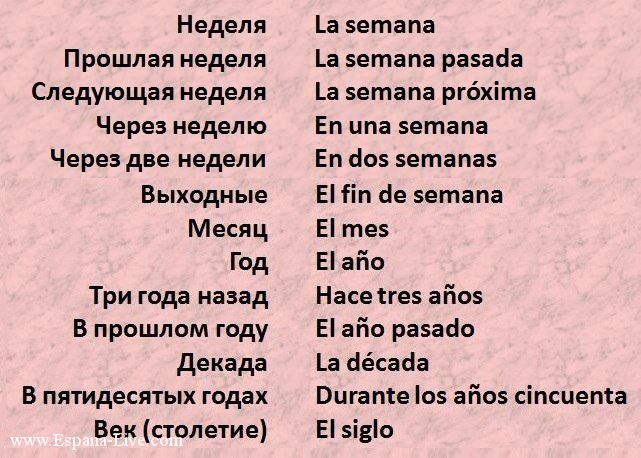 That comes across in the north-central region of Spain.
That comes across in the north-central region of Spain.
In the 13th century, King Alfonso X promoted Castilian. He made Castilian Spanish the official language of government. Alfonso had the scholar translators who covert many historical and scientific documents into Castilian. In the 14th century, Castilian was named as the official dialect of Spain. It is the most widely known and spoken of all dialects in the world.
One Of The Major Dialects Of Spanish Is Castilian Spanish
Today, Castilian Spanish consider as the most proper, purest dialect and original form of Spanish. It is also very easy to understand. Yet, it has different verb conjugations from countries like Andalusia and Latin American Spanish.
Apart from Castilian, however, Basque, Catalan, and Galician have Spanish dialects.
Did you know? Christopher Columbus spoke Castilian Spanish.
2. Latin American Spanish:
In the U.S. the most common Spanish dialect is Latin American. It is generally vocalized in the mountains areas of Latin America. So sometimes called ‘Highland Spanish’.
It is generally vocalized in the mountains areas of Latin America. So sometimes called ‘Highland Spanish’.
Spain Spanish and Latin American Spanish has enormous differences between the dialects, vocabulary, and accent. In Latin America, they call the Spanish language ‘español’.
Early colonists like Columbus, brought the language with them to America. Today, the Americas take that claim as being home to the most Spanish language speakers in the world. Spanish is using virtually all of Central and South America except Brazil.
3. Dialect of Spanish – Andalusian Spanish:
Andalusian is the Spanish dialect speaking in southern Spain including Andalusia, Ceuta, Melilla, and Gibraltar. After Castilian, it is the second most popular dialect of Spanish. It sounds more fluid and softer than other Spanish dialects.
4. Mexican Spanish:
Mexico has the largest Spanish speaking country in the world. It is the heart of Spanish media and cinema.
Mexican Spanish
Mostly says that Mexico is the best Latin American country to learn Spanish. Because they have very clear pronunciation. They are famous for using slang in their day-to-day conversation.
It is influenced by Indigenous languages (Nahuatl & Tzotzil) and American English. Mexican-Spanish is different from Spain-Spanish.
Fun Fact: Many Mexican communities are purely Indigenous, yet don’t speak Spanish.
5. Rioplatense Spanish – South America:
This Spanish dialect is also called Rioplatense Castilian or River Plate. And mainly spoken in the Rio de Plata Basin of Argentina and Uruguay.
Italian much influences rioplatense Spanish. It has very similar intonation patterns as that of the Neapolitan dialect. It is famous for its distinctive pronunciation features.
Each dialect has featured in diagnostic in that dialect. Features that when you hear them, you say ‘hey this person is from that place’.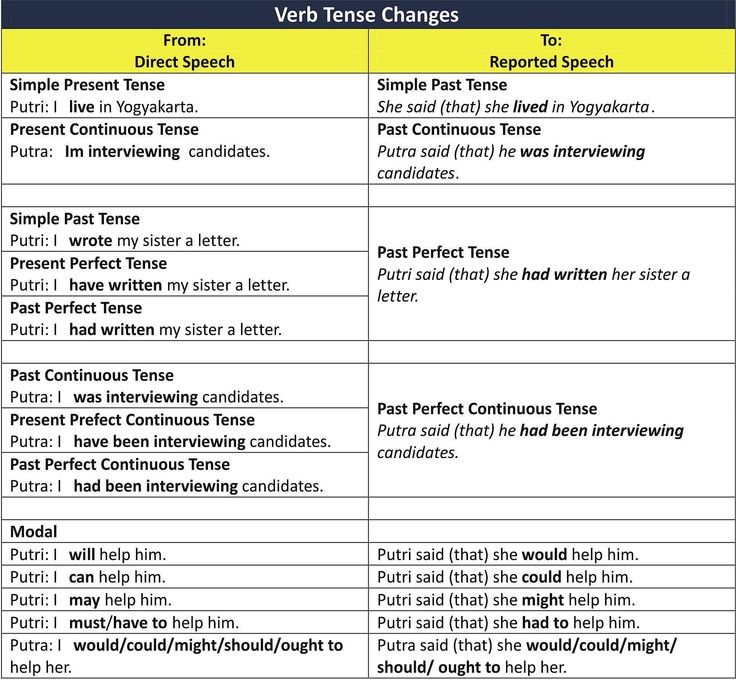 And sometimes we can get even more specific than that. Such as this person is from this ethnic socio-economic category from this side of town from this place.
And sometimes we can get even more specific than that. Such as this person is from this ethnic socio-economic category from this side of town from this place.
6. Colombian Spanish – South America:
Some say that the Colombian accent is the “most neutral Spanish accent”. Because people speak Spanish more slowly without cutting the words in this region.
In Colombia, y and ll are pronounced with a soft “j” sound. For example, yo is pronounced jo, and calle would be cay-je.
7. The Caribbean Spanish:
The Spanish dialects are spoken in the region of the Caribbean island. Including Cuba, Puerto Rico, the Dominican Republic besides Panama, Venezuela, and the Caribbean coast of Colombia.
One Of Spanish Dialetcts Is The Caribbean Spanish
Caribbean Spanish speakers cut huge chunks off of a word. Like they completely drop the ‘d’ at the end of the word. They also tend to drop the ‘s’ sound at both the middle and ends of words.
They also tend to drop the ‘s’ sound at both the middle and ends of words.
That’s why you don’t hear about many Spanish language learners going to these countries to learn Spanish.
There are many other Spanish dialects, depending on where in the world the language is spoken.
Try not to feel overwhelmed by this dialect thing. As I stated before, even Spanish-speakers can face great difficulty trying to understand another Spanish dialect.
Do you still have any confusion? Well, don’t be. For all that, some natives are not sure that how many Spanish dialects are there.
How many dialects of Spanish are there? Spanish Distribution:
Nearly 8% of the total population of the world is Spanish-speaking. So it makes sense that not all Spanish speakers sound the same. And these dialects are a result of Spanish getting influenced by another language such as Arabic. So it has different dialects, grammar, vocabulary, idioms, and slang.
Spanish became more complex and varied. Due to the heaviness of the accents, even native Spanish-speaker sometimes can’t understand each other.
There are two main categories of Spanish. Spain Spanish and Latin American Spanish. But they’re more than this. Perhaps some might sound foreign to you. So you should be aware of how many dialects of Spanish are there. Moreover, check out another interesting blog post on What’s the difference between dialect and language?
Conclusion:
In brief, Spanish is a collection of different dialects of the same language. Each has its history and characteristics. Just like English, Spanish has mutual intelligibility.
Though each dialect has its own set of variations on all linguistic descriptions, they would ultimately understand each other perfectly.
What’s more?
According to the American (F.S.I) Foreign Service Institute, Spanish is a category 1 language. That means it is one of the easier languages for native English speakers to learn.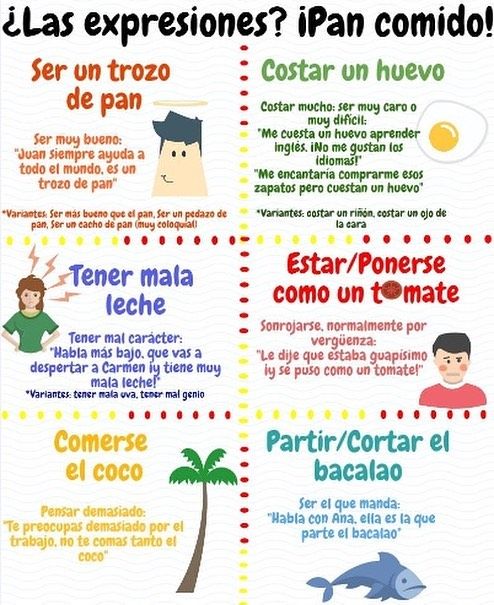
No matter which dialect you learn, you’ll be able to adapt the other dialect quite easily. It depends on which variety you are most likely to use. And which dialect you think is better, more correct, or nicer-sounding than others.
So what are you waiting for? Learn some español then. Or should I say, Castellano?
I’m not sure, because Spanish speakers themselves can’t agree on this issue.
Spanish – general information
Spanish or Castilian ( español, castellano ) is a pluricentric Ibero-Romance language that originated in the medieval kingdom of Castile.
Pluricentric – a language that is widely used in several relatively independent communities-states, each of which develops its own norms for this language, called standard language variants. At the same time, the linguistic variants retain a single community within the framework of a single linguistic space and, at a higher literary level, strive to develop some kind of neutral international norm.
Spain, Argentina, Mexico, etc. have their own variants of the Spanish language.
The Russian language, despite its very wide geographical distribution, is homogeneous in most of its range, and therefore is considered a monocentric (or unicentric) language.
Spanish belongs to the Indo-European family of languages (Romance group, Ibero-Romance subgroup). Writing based on the Latin alphabet.
Total number of speakers:
According to various estimates, worldwide, Spanish is the native language for 400 million (it is in second place after Chinese). The total Spanish speaking population is 450-500 million (including people for whom Spanish is a second language).
countries with a significant Spanish population (the number of spanning -speakers):
| Mexico (106 255 000) Colombia (45 600 000) Spain (44 400 000) Argentina (41 248 000) US ) Peru (26,152,265) Venezuela (26,021,000) Chile (15,795,000) Cuba (11,285,000) Ecuador (10,946,000) Dominican Republic (9,650,020) Gwatemala (9,650,020) Honduras (7,267,000) Bolivia (7,010,000) El Salvador (6,859000) Nicaragua (5,503,000) Paraguay (4,737,000) Costa Rica (4,220,000) Puerto Rico (4,017,000) Uruguay (3,442,000) Portugal (2,100,020) (1,750,000) Haiti (1,650,000) Morocco (960,706) United Kingdom (900,000) Japan (500,000) Italy (455,000) | Guinea (447,000) Germany (410,000) Western Sahara (341,000) Canada (272,000) China (250,000) Guyana (198,000) Switzerland (172,000) Israel (160,000) Australia (150,000) Belize (130,000) Curaçao (112,450) Russia (111,900) [as of 2002] Aruba (105,000) 0 Republic of Korea ( 0) Andorra (40,000) Sweden (39,700) Trinidad and Tobago (32,200) Turkey (29,500) New Zealand (26,100) Netherlands (17,600) Finland (17,200 ) Romania (17,200 ) Bonaire (5700) Virgin Islands (3980) Lebanon (2300) Austria (1970) Kuwait (1700) |
Spanish is spoken by 34.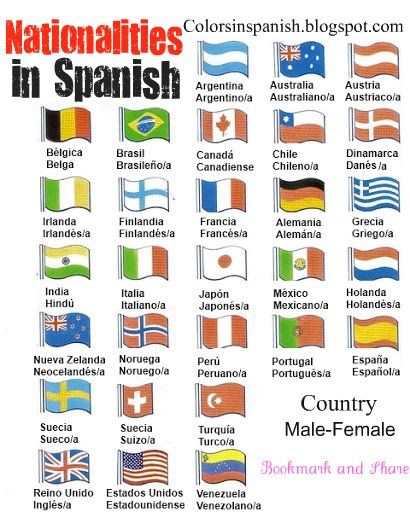 5 million people in the United States, and along with English, it is recognized as the official language. In fact, it has an official status, which indicates the mandatory or possibility of using Spanish in official documents along with English.
5 million people in the United States, and along with English, it is recognized as the official language. In fact, it has an official status, which indicates the mandatory or possibility of using Spanish in official documents along with English.
In Brazil, where the population speaks Portuguese, Spanish has become a second language among students and graduates. As the country’s economy became less dependent on trade with the United States and Europe and trade with neighboring Spanish-speaking countries increased, more attention was paid to bilingualism and knowledge of the Spanish language.
Andalusian
Canarian
Spanish or Castilian?
In both Spain and Latin America, Spanish is also called Castilian (castellano), after the name of the region in which it originated. This emphasizes its difference from other languages of Spain – Catalan, Galician, Basque and other languages of Spain.
Many philologists believe that Castilian should be called the language spoken in Castile in the Middle Ages.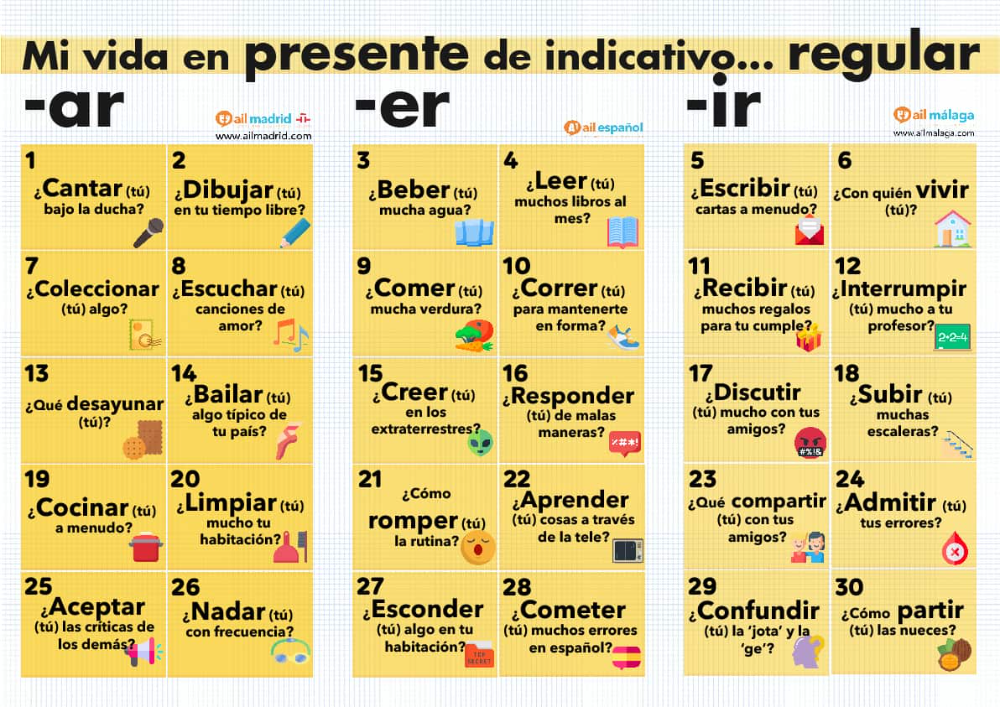 However, others do not agree with them – they propose not to use the name “Spanish”, since it indicates that this language is the only one in Spain, that Catalan, Galician, Basque, Aranian, Aragonese and Asturian are not Spanish languages.
However, others do not agree with them – they propose not to use the name “Spanish”, since it indicates that this language is the only one in Spain, that Catalan, Galician, Basque, Aranian, Aragonese and Asturian are not Spanish languages.
Spaniards usually refer to their language – Spanish ( español ) when mentioned together with foreign languages, and – Castilian ( castellano ) when mentioned together with other languages of Spain. In the rest of the Spanish-speaking world, both names are used.
Similar articles
Dialects and variants of Spanish
- pdf format
- size 584.22 KB
- added
January 20, 2016
Tutorial. – St. Petersburg: Publishing house of the Russian State Pedagogical University im. A.I. Herzen, 2013. – 90 p.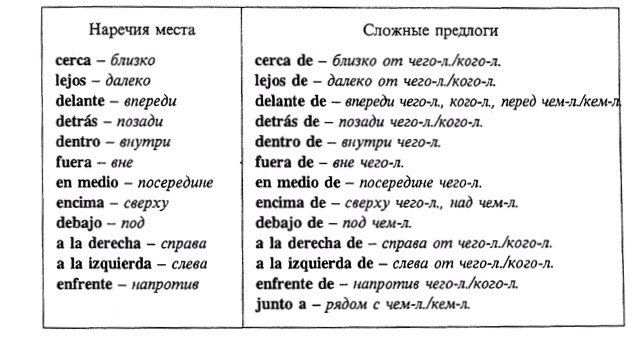 — ISBN 978-5-8064-1205-9. The textbook contains a presentation of the key issues of Spanish historical dialectology. The book is intended for students and graduate students of philological faculties and faculties of foreign languages, as well as for a wide range of philologists interested in the problems of the history of language and dialectology.
— ISBN 978-5-8064-1205-9. The textbook contains a presentation of the key issues of Spanish historical dialectology. The book is intended for students and graduate students of philological faculties and faculties of foreign languages, as well as for a wide range of philologists interested in the problems of the history of language and dialectology.
dissertation
- pdf format
- size 333.68 KB
- added
November 16, 2014
Abstract of the dissertation for the degree of candidate of philological sciences. Moscow: Moscow State University named after M.V. Lomonosov, 2011. – 24 p. The dissertation under review is devoted to the study of the language situation in Argentina and its reflection in legislative and didactic texts. The subject of the study is the Argentinean national version of the Spanish language, as well as the linguistic situation in Argentina at the end of the 20th – beginning of the 21st century since…
The subject of the study is the Argentinean national version of the Spanish language, as well as the linguistic situation in Argentina at the end of the 20th – beginning of the 21st century since…
Presentation
- ppt
- size 1.22 MB
- added
November 08, 2012
Educational institution unknown. 19 slides. The presentation examines the main phonetic, lexical and grammatical features of the Spanish language of Latin American countries.
- pdf format
- size 1.32 MB
- added
November 19, 2012
Melbourne: Lonely Planet, 2003. – 256 p. — ISBN 1-740-59495-9 Mexican Spanish phrasebook for English speakers, well suited for communication in other Spanish speaking countries. The file contains the entire phrase book, except for the cover, endpapers, title page and Spanish-English dictionary. There is an English-Spanish dictionary. Introduction Pronunciation Phrasebuilder Language difficulties Numbers and amounts Time and dates…
The file contains the entire phrase book, except for the cover, endpapers, title page and Spanish-English dictionary. There is an English-Spanish dictionary. Introduction Pronunciation Phrasebuilder Language difficulties Numbers and amounts Time and dates…
- pdf format
- size 1.54 MB
- added
July 25, 2016
Universidad de Bergen, Departamento de Lenguas Extranjeras, 2015. — 122 p. Kirile Elena Magdalena. Linguistic Identity in Equatorial Guinea: Bilingualism and the Linguistic Situation of Spanish (in Spanish) Índice de contenido: Introducción. Aspectos historicos y linguisticos. Marco theorico. Methodology. resultados. Analisis comparativo. Conclusions. Anexos.
Dictionary
- pdf format
- size 139.
 88 KB
88 KB - added
January 23, 2011
Miyara J. Alberto. Diccionario argentino-castellano para españoles. Myara Alberto. Argentine-Castilian dictionary for Spanish. Edition, year: unknown. En las definiciones, se han marcado en bastardilla los equivalentes exactos en español, siempre que éstos sean palabras no utilizadas normalmente en la Argentina. En algunos casos, ese equivalente no existe y se define la palabra como en un diccionario de uso que intenta no ser tan aburrido. imp…
- pdf format
- size 87.95 KB
- added
May 14, 2012
Universidad del Sagrado Corazón. Programa Graduado. Revision: Agosto del 2003. – 9 p. Glossary of Doubts and Difficulties in Spanish Speech in Puerto Rico (in Spanish).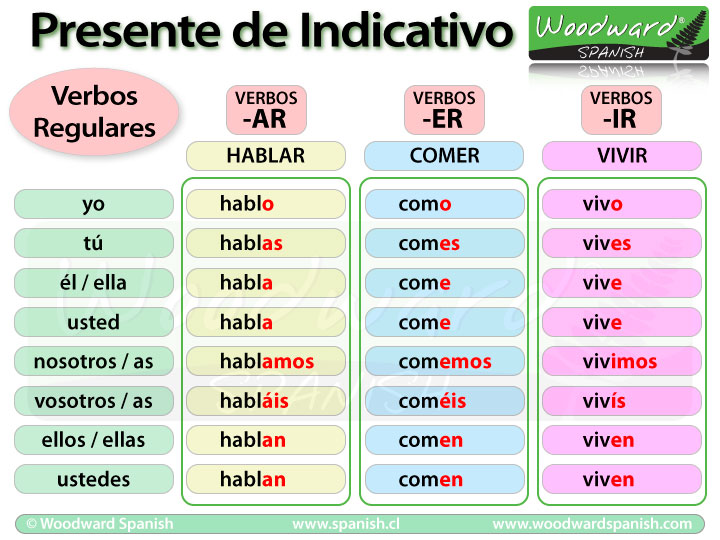
 88 KB
88 KB